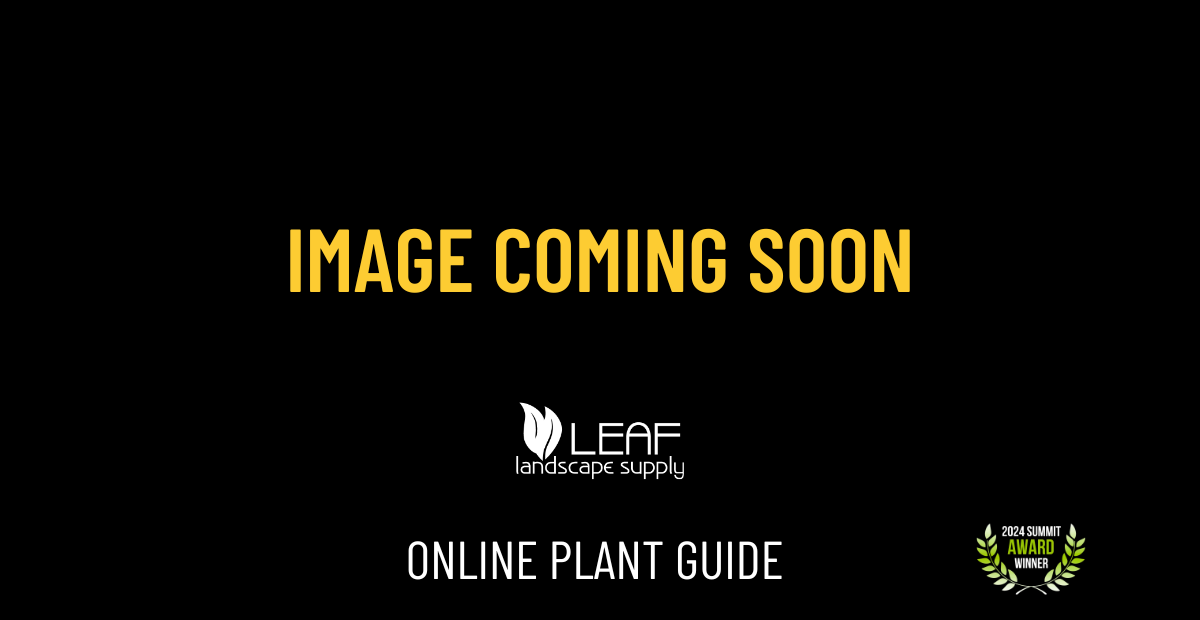
Online Plant Guide | Leopard Plant in Austin, Texas
Looking for a specific item? Check out Leaf Landscape Supply's Online Inventory to see our full selection of onsite inventory. If you can't find what you are looking for, Submit A Custom Request and one our team members can help with a special order for your residential or commercial needs!
Leopard Plant Selection Guide for Austin, Texas Landscapes
When it comes to selecting the right combination of plants for your landscaping project in Austin, Texas, it’s essential to consider the climate and environmental conditions. With an array of plant options available, making informed choices can significantly impact the success and visual appeal of your landscape. At Leaf Landscape Supply, we understand the importance of choosing the right plants for your specific needs. This guide will provide you with valuable insights on selecting leopard plants and finding the perfect plant combinations in the unique climate of Austin.
Leopard Plants
Leopard plants, scientifically known as Farfugium japonicum, are a stunning addition to any landscape. Their vibrant foliage and graceful appearance make them a popular choice for shaded areas. Before incorporating leopard plants into your landscaping project, it’s crucial to understand their characteristics and requirements.
Leopard plants thrive in consistently moist, well-drained soil and are ideally suited for shaded or partially shaded areas. When selecting leopard plants, look for healthy, vibrant foliage and robust stems. Consider factors such as soil acidity, moisture levels, and sunlight exposure to ensure optimal growing conditions for these elegant plants.
Selecting Leopard Plants for Austin’s Climate
Austin’s climate is characterized by hot summers and mild winters. When choosing leopard plants for your landscape in this region, it’s essential to take into account their tolerance to heat and drought. Opt for leopard plant varieties that are well-adapted to the local climate, such as ‘Giganteum’ and ‘Aureomaculatum,’ known for their resilience in warmer temperatures.
It’s also beneficial to select leopard plant varieties that are resistant to pests and diseases common in the area. By choosing disease-resistant cultivars, you can minimize the maintenance and care required while ensuring the longevity of your landscaping investment.
Complementing Leopard Plants with Suitable Combinations
Incorporating leopard plants into your landscape design offers an opportunity to create visually captivating combinations with other plant species. When selecting companion plants to complement leopard plants in Austin’s climate, consider options that can thrive in similar environmental conditions.
Choose shade-loving plants such as hostas, ferns, and caladiums to create a lush and textured garden bed around your leopard plants. Additionally, ornamental grasses such as sedge and carex can provide contrasting texture and visual interest when paired with leopard plants, adding depth and dimension to your landscape design.
Maximizing Visual Impact through Plant Pairings
Creating captivating and harmonious plant pairings requires careful consideration of color, texture, and form. When selecting companion plants to complement leopard plants, aim for a balanced composition that enhances the overall visual appeal of your landscape. Consider the following factors when choosing plant pairings:
– Color Contrast: Incorporate plants with contrasting foliage colors to create visual interest. Pair leopard plants with vibrant green, variegated, or burgundy-hued foliage for a striking contrast.
– Textural Variation: Combine plants with diverse leaf textures to add depth and dimension to your landscape. Pair the broad, glossy leaves of leopard plants with fine-textured ferns or bold, grassy foliage for a captivating display.
– Seasonal Interest: Select companion plants that offer seasonal interest, such as flowering perennials or evergreen groundcovers. By incorporating plants with varying bloom times and foliage characteristics, you can create an ever-changing and dynamic landscape throughout the year.
Creating Sustainable and Low-Maintenance Landscapes
In Austin’s climate, sustainability and low-maintenance landscaping practices are crucial considerations for landscapers. When selecting plant combinations for your design, prioritize drought-tolerant and water-efficient varieties that can thrive in the region’s arid conditions.
Incorporating native and indigenous plants into your landscape design not only promotes ecological balance but also reduces the need for excessive watering and maintenance. Consider pairing leopard plants with native Texas perennials such as salvias, penstemons, and agaves to create a resilient and sustainable landscape that requires minimal upkeep.
Closing ideas
Selecting leopard plants and choosing the right plant combinations for your landscaping project in Austin, Texas requires careful consideration of local climate, environmental factors, and design principles. By recognizing the unique characteristics of leopard plants and their suitability for the region, you can create visually stunning and sustainable landscapes that thrive in Austin’s dynamic climate. At Leaf Landscape Supply, we are committed to providing wholesale landscape contractors and the general public with premium plants and materials to bring their landscaping visions to life.
